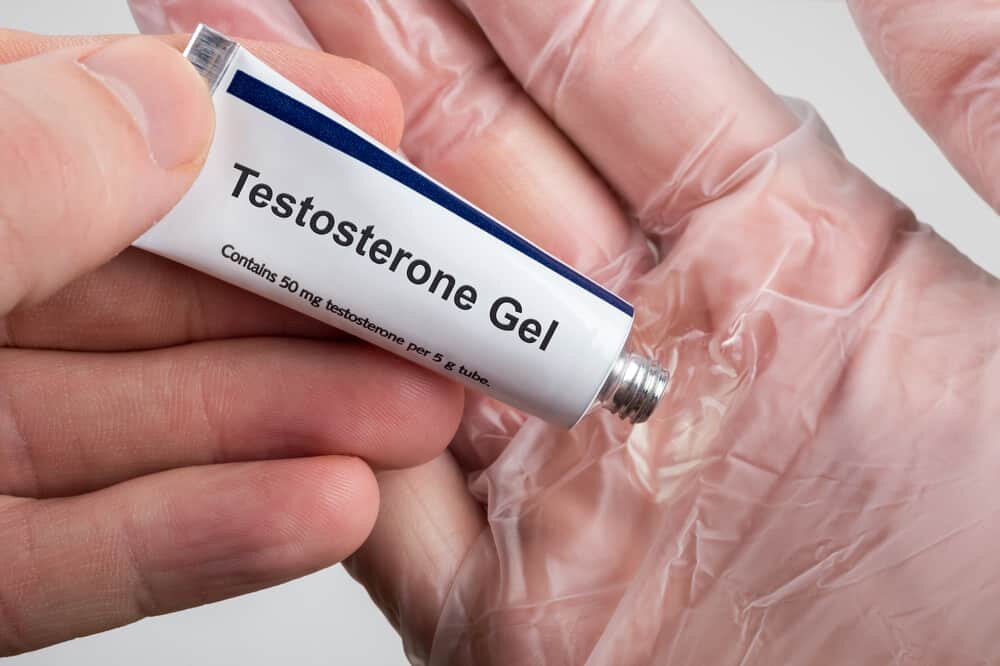Early identification and treatment of low testosterone are of vital importance. Based on the severity of illness, there is a range of effective treatments available.
As you age, there is a decline in the T-levels both in men and women. If you are considering testosterone therapy to feel younger and more vigorous, then know the potential benefits of risks.
Testosterone therapy might sound like a magic formula. For some individuals, it is like the ultimate anti-aging technique. But, the health benefits and potential risks aren’t clear.
In this post, we have put together the benefits and the risk of testosterone therapy for you.
Testosterone
Testosterone is a male hormone. It is produced primarily in the testicle in the male body, and in the ovaries in the female body.
In men, T plays a role in:
- Balancing mood
- Muscle growth
- Sperm production
- Sex drive
- Facial hair
- Body fat distribution
- Strength
In women, T plays a role in:
- Fertility
- Sex drive
- Menstrual health
- Bone health
- Breast health
- Vaginal health
T-Levels Vs. Aging
Generally, one of the common issues during teen age is substance abuse that leads to various hormonal problems. But, as you age, the testosterone level naturally declines. Typically, there is a decline of 1% a year once you reach the age of 30-40. In older men, the decline of T levels can be because of age as well as due to a disease called hypogonadism.
In males, hypogonadism can lower the ability to produce normal amounts of testosterone. It could be because of a problem in the testicles or pituitary gland.
A testosterone replacement therapy can significantly increase testosterone levels.
T-levels Vs. Change
Does a decline in T-levels cause signs of aging? Males can have many signs and symptoms as they age, they need not necessarily because of low T-levels. That said, some of the common symptoms of lower testosterone are -
- There is a change in sexual function which can include reduced sexual desire. Also, there are fewer spontaneous erections and infertility.
- There are various physical changes including an increase in body fat, reduced muscle bulk, and decrease in bone density.
- In the end, lower T-levels can decrease motivation and self-confidence. You might as well find it very hard to focus and concentrate.
Note: Some of the aforementioned signs and symptoms could be because of the aging factor in senior citizens. Other factors could be side effects of medication, thyroid problems, diabetes, and depression.
Testosterone Replacement Therapy
The TRT or testosterone replacement therapy is available in numerous forms. In all forms, it can improve testosterone level in aging individuals -
Transdermal
Skin patches can be worn on the arm or upper body. Apply it only once a day.
Gels
T-gels are available in transparent packets. It is absorbed directly through the skin and should be used only once a day.
Mouth Patch
T-tablets can stick to the upper gum or just to the right or left of front teeth. It can be applied twice a day.
Injections
T-injectables are directly injected into the muscles. You can also use the implants.
TRT may help in reversing the effects of hypogonadism. Although some individuals may believe that testosterone makes them feel younger. Yet, there is no or very little evidence to support it.
TRT Risks
Some of the potential risks of testosterone therapy include -
- Too much red blood cell production
- Increased risk of a blood clot
- Enlarging breasts
- Shrinks testicles
- Acne or skin rash
- Sleep disorder
Wrapping Up
So now you know about the potential health benefits and risks of testosterone therapy. In case you think that the therapy might be the right option for you, discuss it with your physician.
Lastly, treating aging with TRT is not recommended. Although you should see your doctor seek natural ways to significantly increase testosterone levels.


